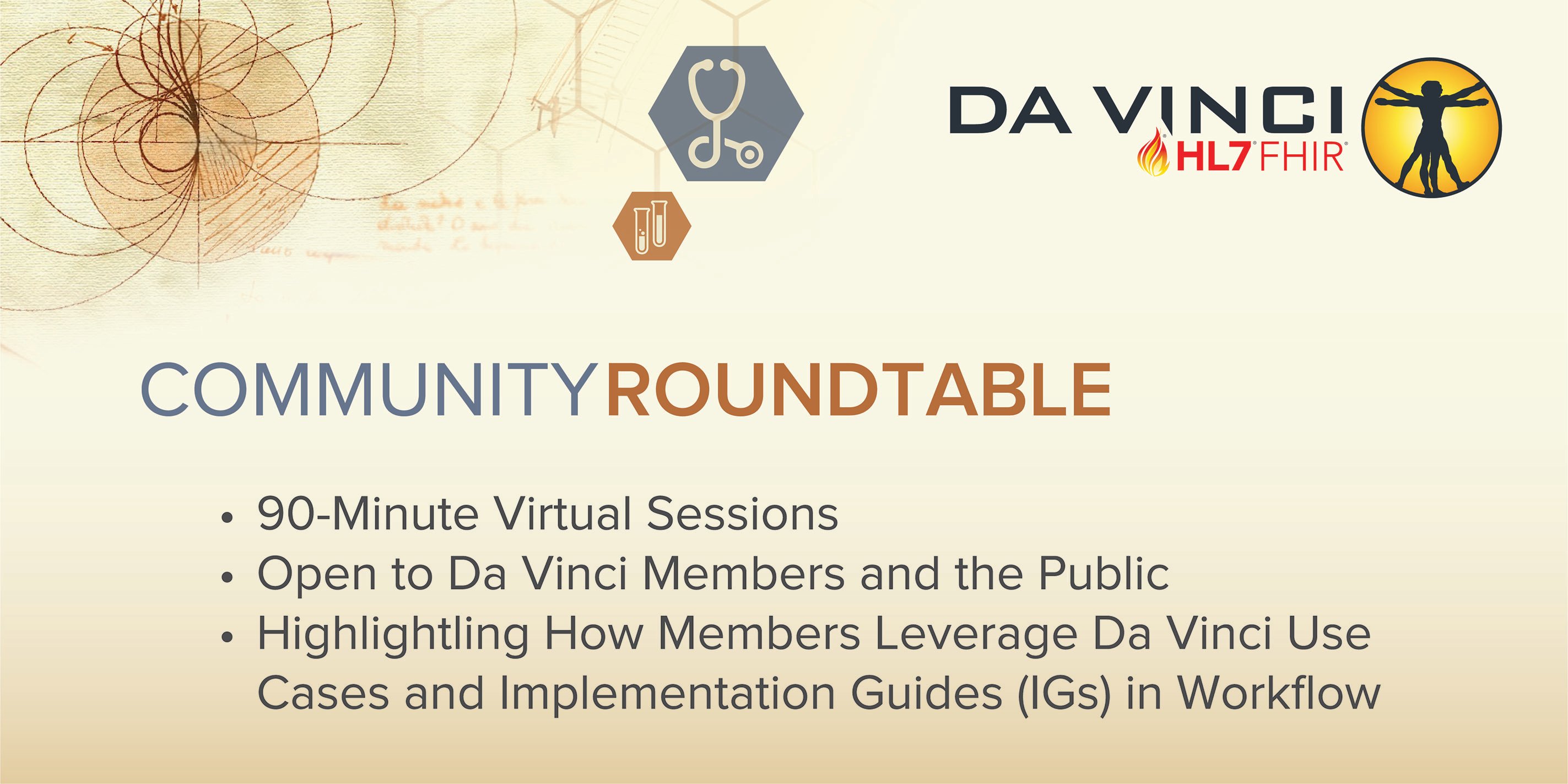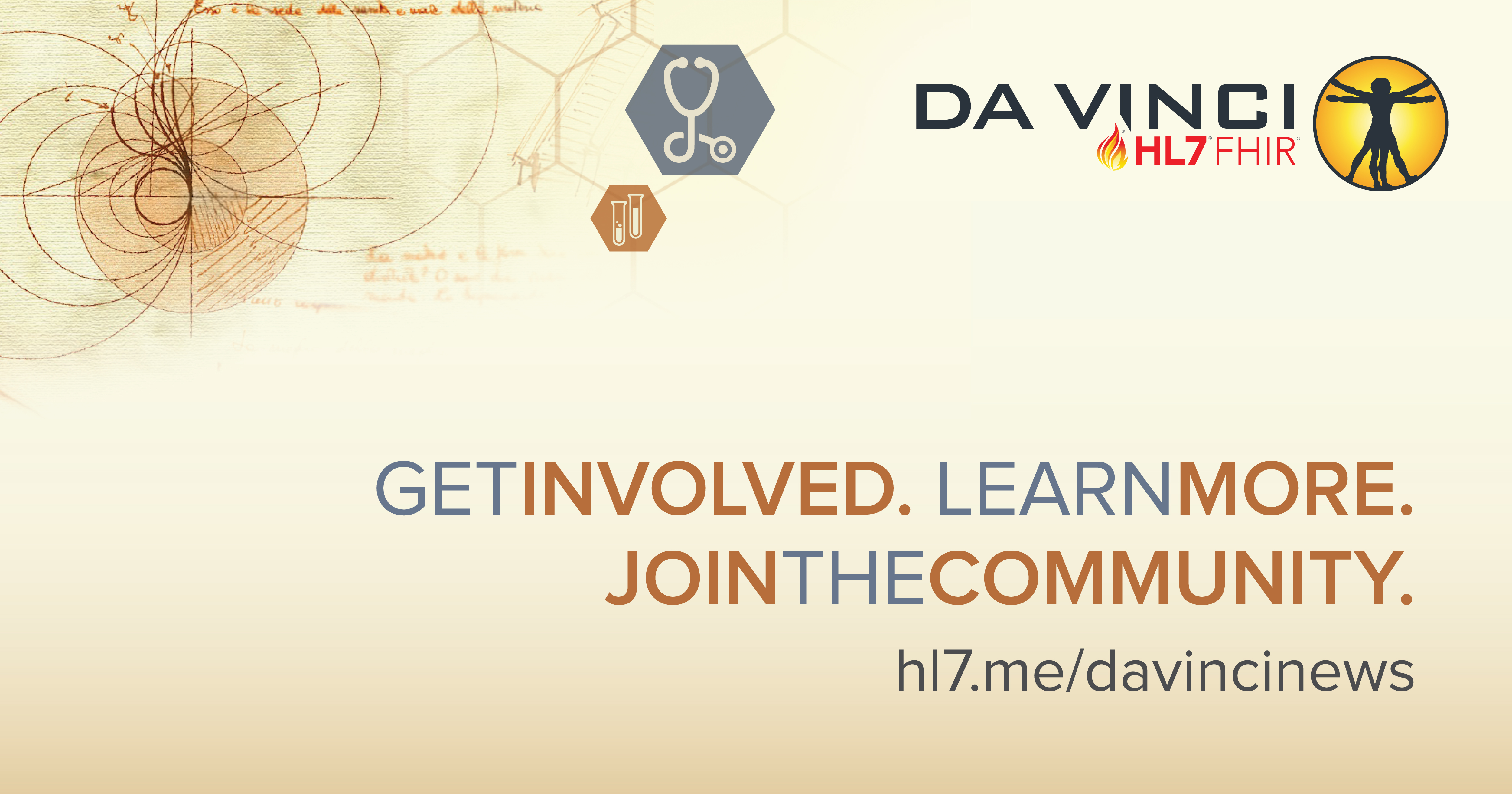Project Achieves a Tipping Point as Adoption Begins in Earnest to Meet Upcoming and Proposed Federal Regulation and Solve Interoperability Challenges
The Da Vinci Project made significant progress in 2020 in advancing the maturity of implementation guides, and now looks to increasingly demonstrate the value of its implementation guides (IGs) across production implementations this year.
Members of the HL7 FHIR® Accelerator group helped push forward work on several implementation guides that were published in 2020, but further refinement lies ahead, said project managers who presented a progress report on the Da Vinci Project at its January Community Roundtable.
In addition to the update on progress with publishing new standards, the presentation offered members a tour of the Da Vinci Project’s enhanced Confluence website, as well as an invitation for more organizations to consider membership to help ensure implementation guides meet the needs of the entire healthcare community.
This year, there will be a growing need to use the HL7 Fast Healthcare Interoperability Resources (FHIR®) standard, as application programming interfaces (APIs) emerge to meet federal information exchange requirements and business needs of value-based care.



